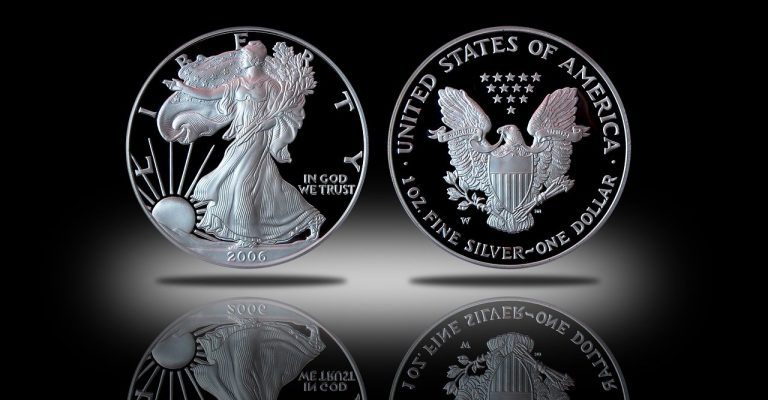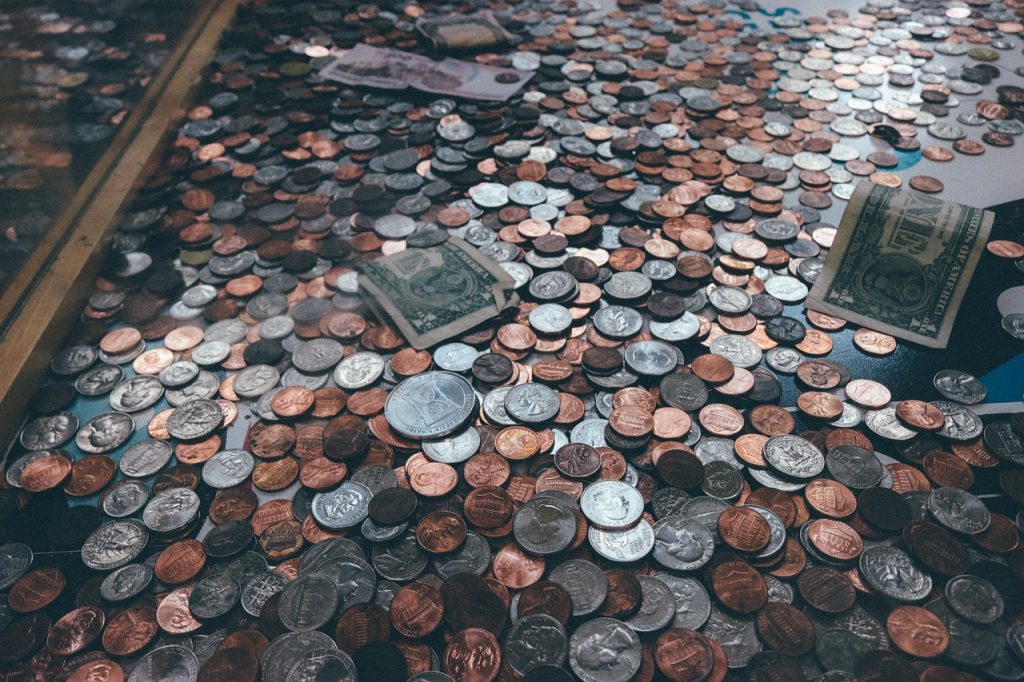Circulated Coins vs Uncirculated Coins: What’s the Real Difference?
From bullion coins to circulating coins to proof coins and brilliant uncirculated sets, understanding the real difference between coins is vital. But the question “What is the difference between circulated coins, uncirculated coins and proof coins?” often lingers in the minds of all coin collectors at some point in their coin collecting journey.
Here are some of the major coin types and differences to look out for.
Circulated Coins
Circulated coins refer to coins that have been put out for use by the public as currency. These coins are great for a standard coin collection that may be passed down between generations; however, these coins tend to keep their face value and do not appreciate. In fact, many continue to remain circulating coins even years after their strike date. There are a few coins that supercede this rule, though.
One such coin is the 1969-S Lincoln Cent, which has a doubled die cast on the obverse (front) except for the mint mark. If found in decent condition, this coin could be worth around $24,000.
Uncirculated Coins
Uncirculated coins are coins that haven’t been in circulation, meaning no public use or handling. The term “uncirculated coin” may also relate to the quality of the coin or the coin’s striking process.
These coins tend to be the choice of many coin collectors because of their uniqueness, perfect presentation (most of the time) and authenticity. An uncirculated coin will also appreciate over time, exceeding its face value and making it a coveted piece of any coin collection, unlike a heavily circulated coin.
Brilliant Uncirculated Coins
Uncirculated coins are often sold within sets. They are kept in mint condition and are often touted as “brilliant uncirculated coins” (BU for short). These coins have earned brilliant uncirculated status because of their grade. These coins rate between a 60 and 70 on the Professional Coin Grading Service (PCGS) scale.
Bullion Coins
A set of coins to include in uncirculated coins are bullion coins. Bullion coins are often made from precious metals and are sometimes sold as collector coins. These coins also appreciate based on the precious metals they’re made with. So, if you you’re looking for more investible items outside general uncirculated coins or proof coins, try bullion coins.
Proof Coins
Proof coins are interesting to the coin collector, regardless of experience level. Another sect of uncirculated coins, proof coins are usually adorned with majestic die casting and magnificent sculpting. They’re also considered collector coins and have a brilliant uncirculated finish.
Proof coin sets are sets that have every denomination of coin from a specific year. Proof coin sets missing any denomination are not considered complete sets.
While these coins tend to remain uncirculated, accidental spending does happen. So, if you think you may have found a few coins circulated to the public, they’re definitely worth getting it appraised.
Missing Mint Mark
Coins missing their mint mark are fascinating due to the nature of their existence. Unlike proof coins or coins outside circulation, you could find a circulated coin missing its mint mark in everyday pocket change. These coins are considered error coins, most of the time. However, there are a few exceptions to the rule; the most prevalent being coins produced by the Philadelphia mint. For example, coins from various years, such as before 1941 or pennies cast in 2019 and after, don’t have mint marks if they’re from the Philadelphia mint.
Another coin that’s caused confusion over its missting mint mark is the 1990 Lincoln penny. Most of the coins in circulation are circulated coins from the Philadelphia mint. Any from the San Francisco mint missing the mint mark, however, are likely going to be uncirculated coins. In fact, if you find a 1990 Lincoln penny from the San Francisco mint, someone may have mistakenly spent one of these proof coins, thinking it was merely a shiny penny.
Whether you stumble upon circulated or proof coins with peculiar markings, or spring for a proof coin from a reputable numismatics retailer, the basics are crucial to keep in mind while coin collecting. A common rule to follow is uncirculated coins, proof coins and bullion coins usually go for more than coins in heavy circulation.




